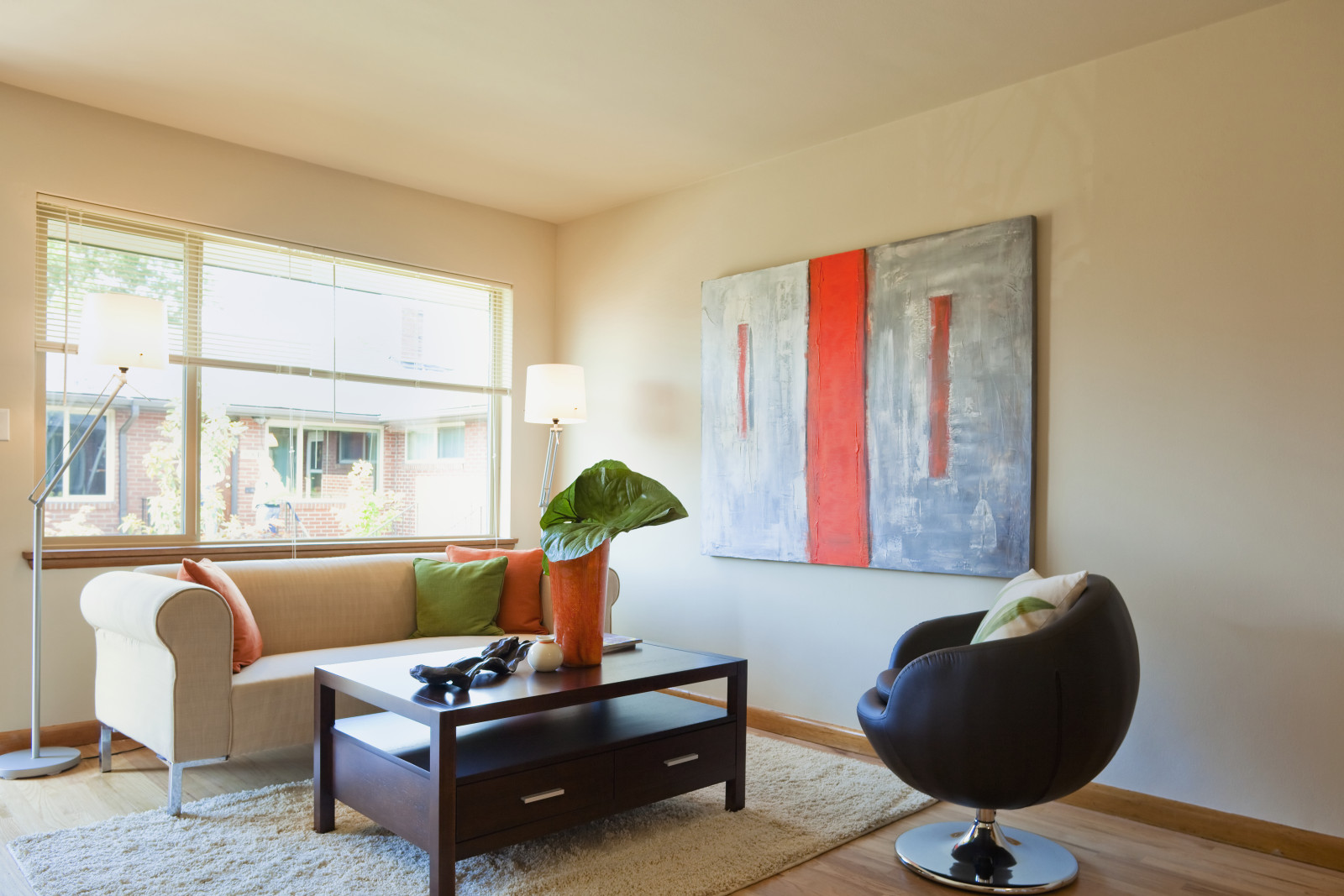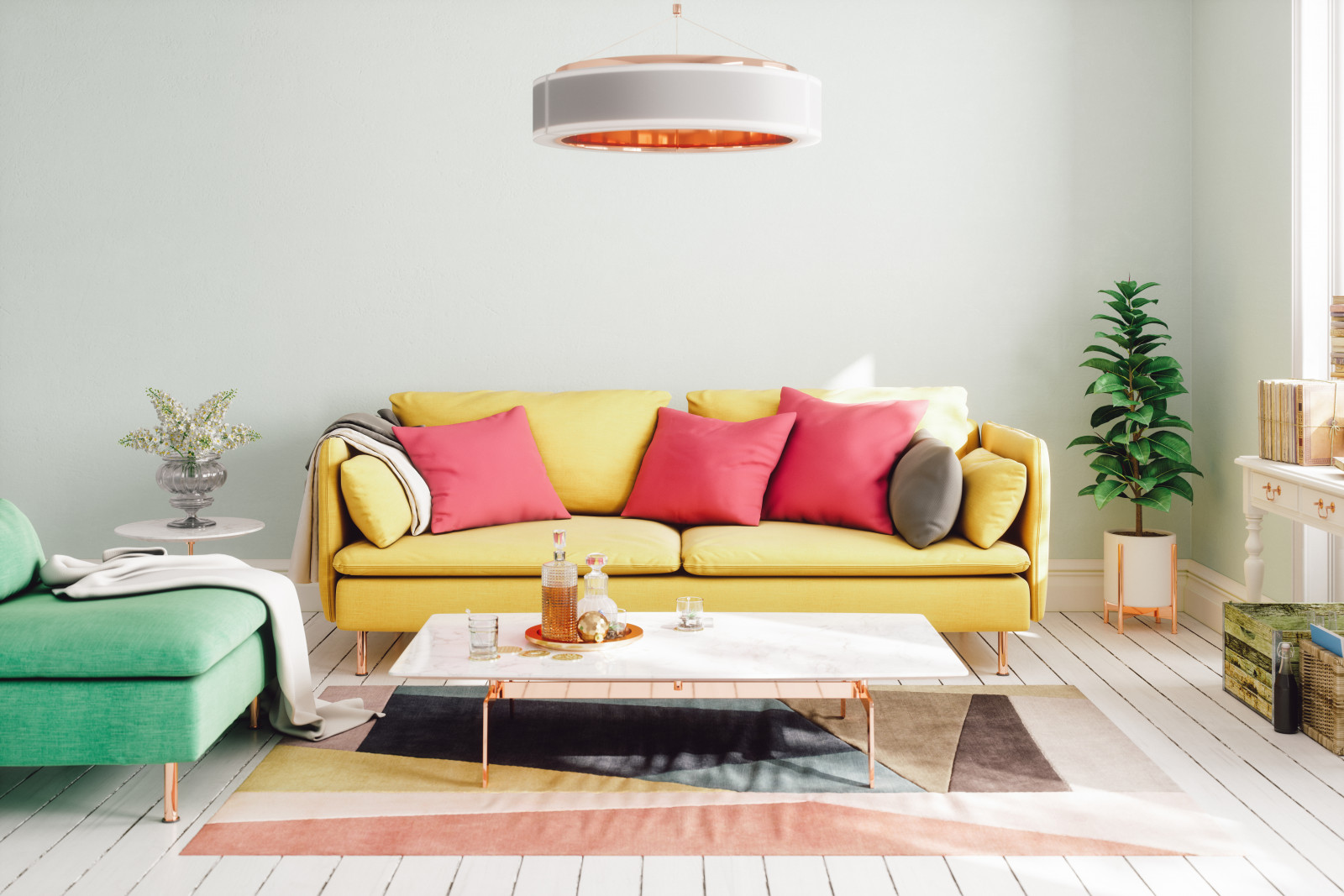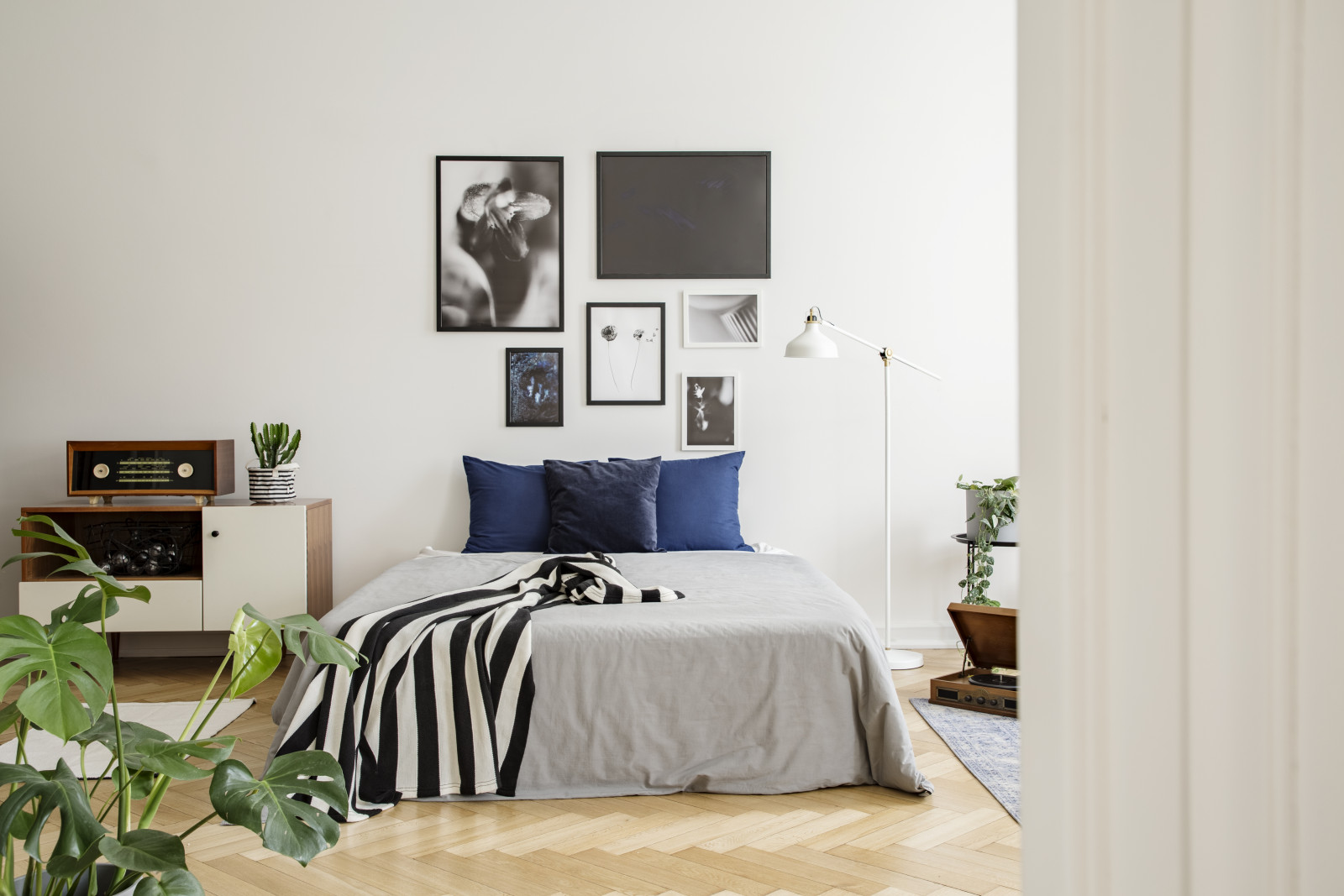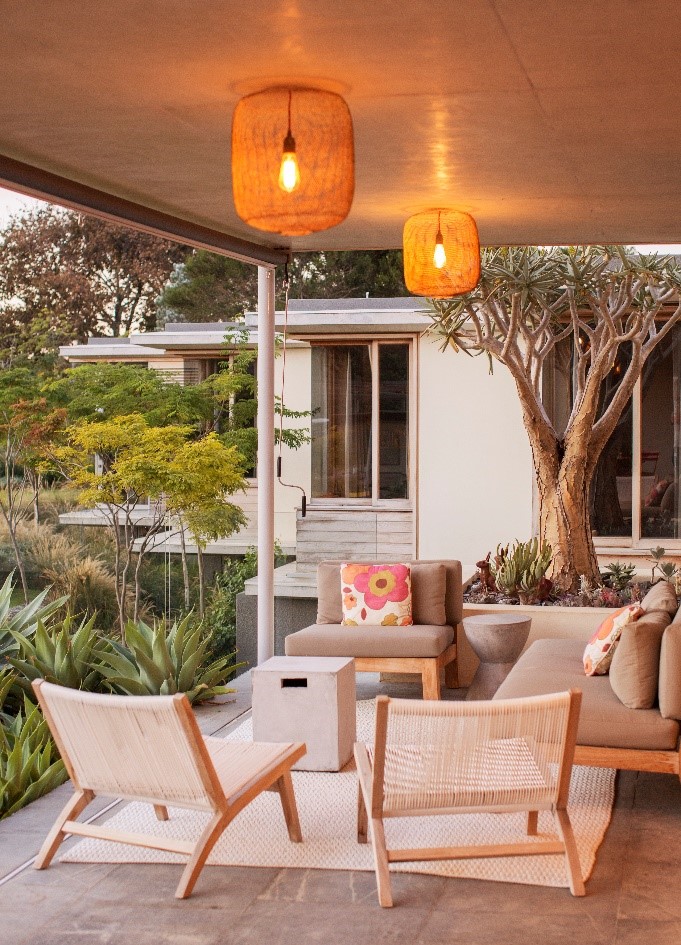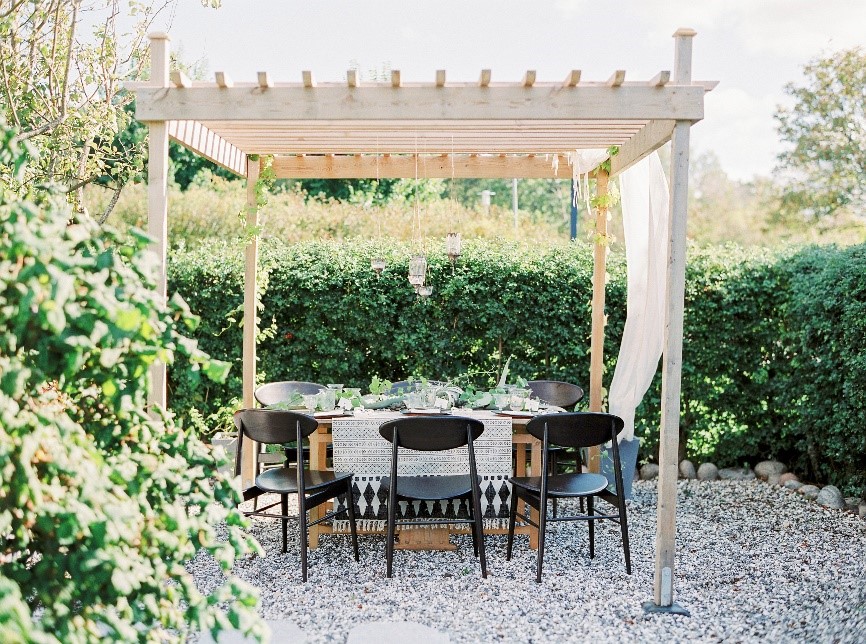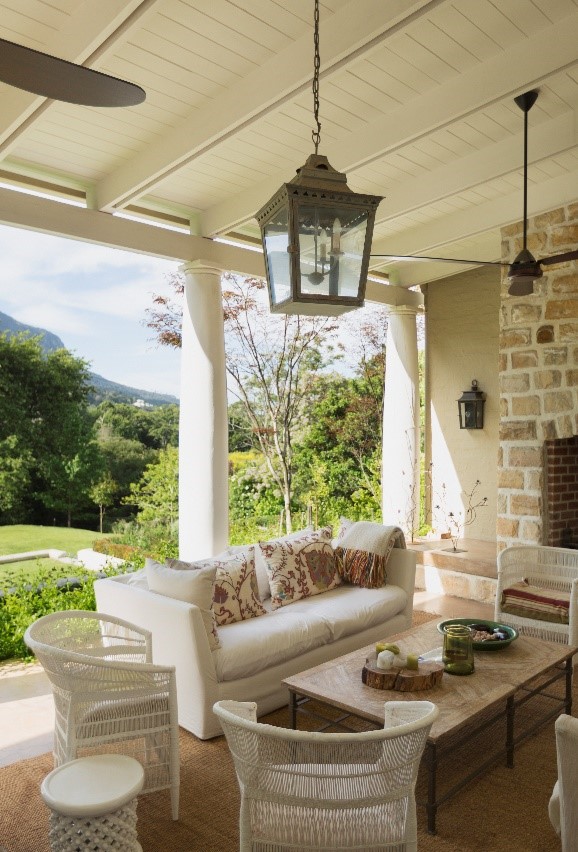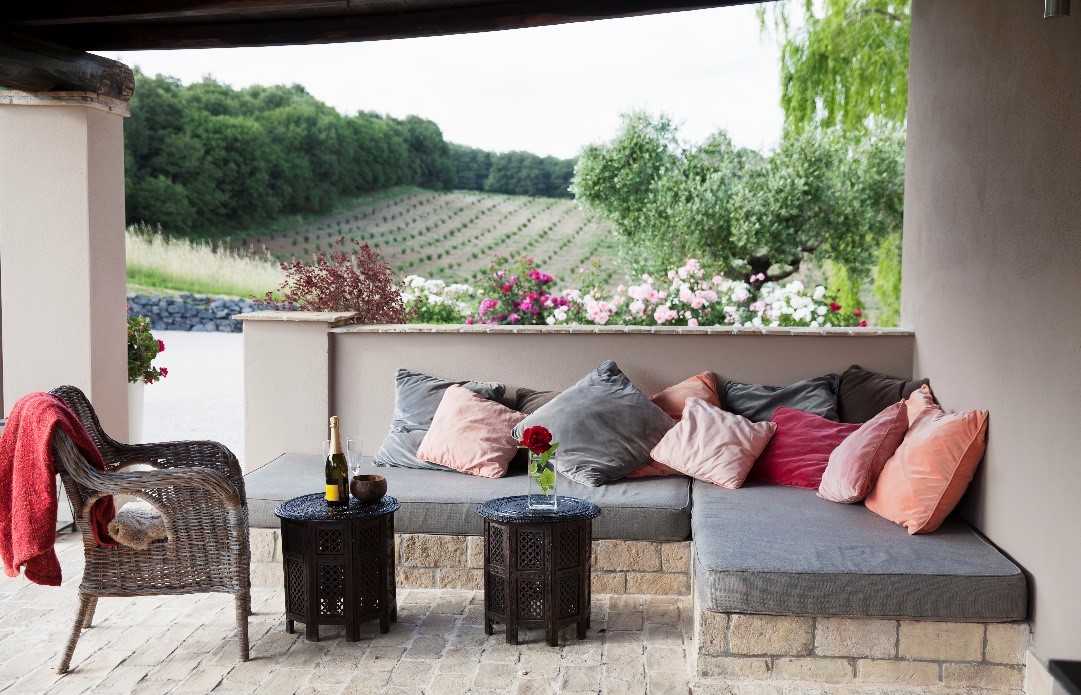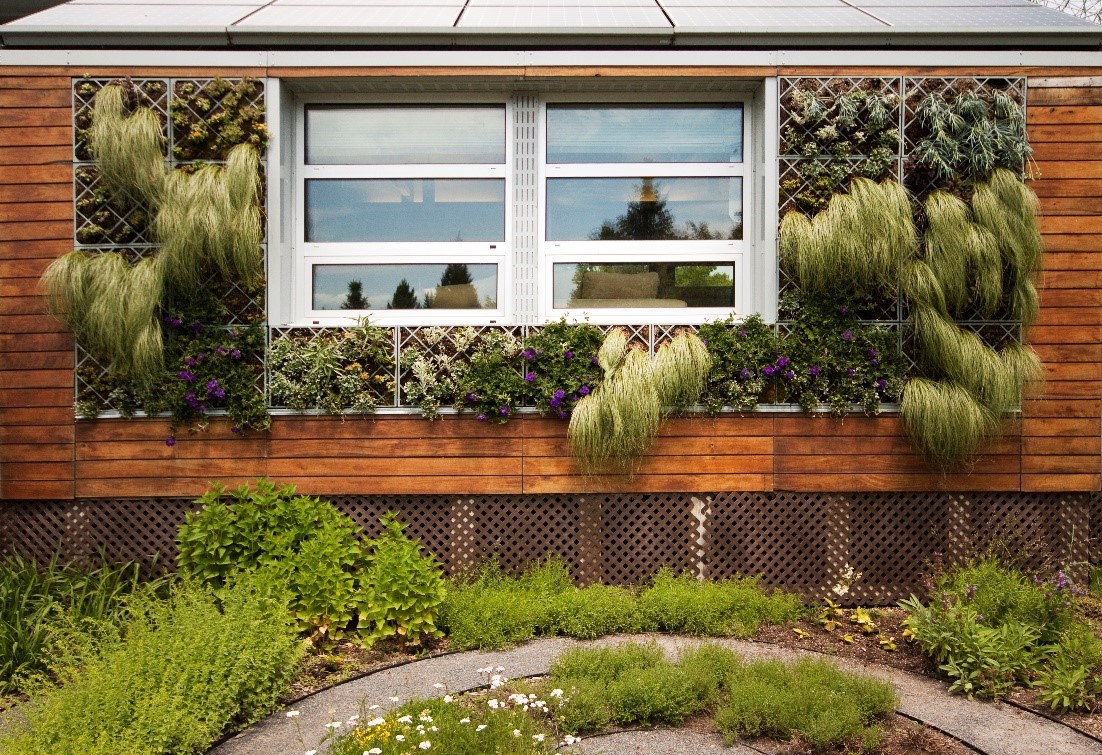The Zestimate is now more accurate than ever, thanks to new technology that identifies and values home improvements you've made based on photos. Plus, we now incorporate even more data into Zestimates for homes on the market, and we update those Zestimates in real time. That's in addition to the millions of data points that the Zestimate's complex machine learning models examine for more than 100 million homes across the country.
Here's the rundown of what's new.
'Seeing' your home features
We can evaluate photos of a home to, in a sense, "see" and value the home features you're most proud of. Think of the bathroom you remodeled, the new quartz countertops in your kitchen or the beautifully landscaped backyard. Those features now factor directly into your home's Zestimate, making it the first time the Zestimate can understand not just a home's facts and figures, like number of bathrooms or bedrooms, but also its quality and curb appeal.
We heard from homeowners over the years that when it comes time to sell, they want to make sure all the work they've put toward upgrading it is reflected in its Zestimate. Yet before recent advances in technology, there was no way for computers to look at photos of a home and get the same information that people do. The Zestimate now incorporates advanced technologies that make this possible.
Homeowners can claim their home on Zillow to edit, add or remove photos at any time in just a few simple clicks.
Listing info added in real time
On homes listed for sale, the Zestimate now incorporates data from the home's listing itself - including listing price and how long it has been on the market - in its calculations. These factors provide important insight into a homeowner and agent's listing strategy and what the homeowner believes their home is worth, both key variables in how much a home ultimately sells for.
To top it off, Zestimates on for-sale homes update with new information in real time. That means home shoppers get an up-to-the-second snapshot of what's going on in the local housing market. When the Zestimate launched in 2006, it was updated monthly, so this is a big leap forward as both buyers and sellers navigate dynamic and ever-changing housing markets.
The results of all these upgrades? The Zestimate's error rate on homes listed for sale is now less than 2%, meaning half of all Zestimates fall within 2% of the home's eventual sale price.
Just as you look for new ways to refresh your home, we're always working to improve the Zestimate. This most recent Zestimate refresh is another milestone along that journey, all to provide a more accurate look at the value of the place you call home.
via Zillow Porchlight https://ift.tt/2ZRmlmS
